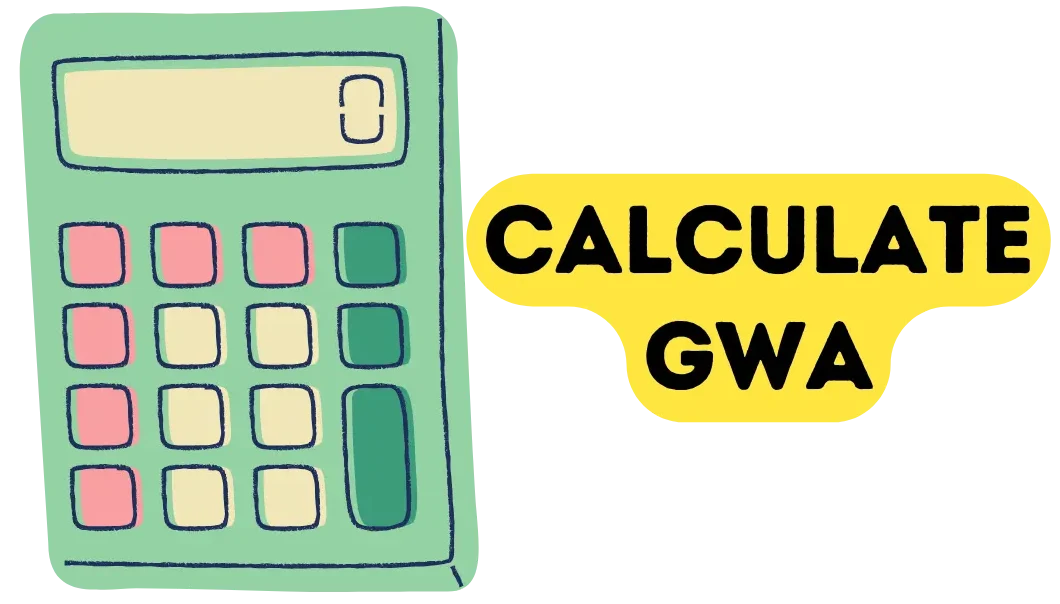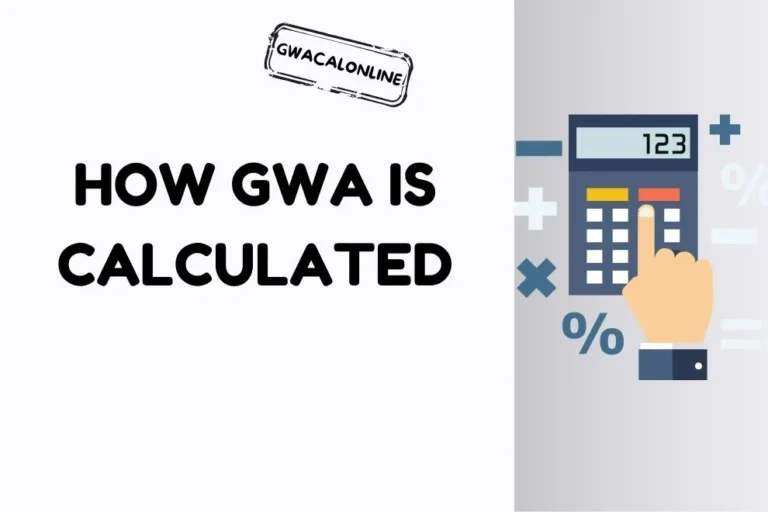The new grading system in Philippines has sparked widespread curiosity among students, parents, and educators alike. With a focus on enhancing academic performance and aligning with global standards, this updated framework introduces significant changes in how students’ progress is assessed. Whether you’re in elementary, high school, or college, understanding this system is crucial for navigating your educational journey effectively.
In this article, we’ll explore what the new grading system entails, how it impacts learners, and why it was implemented. Stay with us to uncover how this shift in evaluation aims to improve learning outcomes and better prepare students for the future.
Lists Of Updated Grading System in Philippines
The updated grading system in the Philippines has introduced key changes to ensure a more comprehensive evaluation of students’ performance. Below is an overview of the grading systems for different levels of education:
K-12 Education
- Uses a numerical grading scale (e.g., 90-100 for Outstanding).
- Focuses on both written work and performance tasks.
Higher Education (Colleges and Universities)
- Grades often follow a 4.0 scale (e.g., 1.0 for Excellent).
- Incorporates academic achievements and project-based evaluations.
Public vs. Private Institutions
- Public schools adhere to DepEd’s standardized grading policies.
- Private institutions may apply unique grading benchmarks while still following national guidelines.
Philippines grading system high school
| Grade Range | Descriptor | Description |
|---|---|---|
| 90-100 | Outstanding | Demonstrates exceptional performance and mastery of the subject matter. |
| 85-89 | Very Satisfactory | Shows above-average achievement and a strong understanding of the subject. |
| 80-84 | Satisfactory | Meets the expected standards and performs adequately in assessments. |
| 75-79 | Fairly Satisfactory | Basic understanding with room for improvement. |
| Below 75 | Did not Meet expectations | Fails to achieve the minimum required proficiency in the subject. |
| Assessment Component | Description | Weight (%) |
|---|---|---|
| Written Work | Exams, essays, and research papers. | Typically 30% |
| Performance Tasks | Group projects, presentations, and practical applications. | Typically 50% |
| Quarterly Exams | Summative assessments held at the end of each term. | Typically 20% |
Grades Equivalent in College Philippines
Many students are confused about the grades equivalency in college, so we have compile most of the major grades which are
| Grade | Percentage Range | Descriptor | Equivalent GPA | Remarks |
|---|---|---|---|---|
| 1.50 | 93% – 95% | Very Good | 3.5 | Above-average performance |
| 1.60 | 90% – 92% | Very Good | 3.4 | Slightly lower than 1.50 |
| 1.70 | 87% – 89% | Good | 3.3 | Close to very good |
| 1.75 | 85% – 86% | Good | 3.2 | Reliable performance |
| 1.90 | 83% – 84% | Good | 3.1 | Slightly above satisfactory |
| 2.00 | 80% – 82% | Satisfactory | 3.0 | Average performance |
| 2.10 | 78% – 79% | Satisfactory | 2.9 | Slightly lower than average |
| 2.20 | 75% – 77% | Satisfactory | 2.8 | Just meeting requirements |
| 2.50 | 70% – 74% | Passing | 2.5 | Bare minimum |
grading system in Philippine university
The grading system at Philippine Normal University (PNU) reflects a commitment to academic excellence, ensuring students meet rigorous standards in their respective fields.
Like other universities in the Philippines, PNU uses a numeric grading system to evaluate student performance.
Each grade corresponds to specific percentage ranges, qualitative descriptors, and overall student competency levels. Understanding this system helps students assess their academic standing and strive for continuous improvement.
Let’s explore the updated grading system at PNU, focusing on how grades are calculated and what they signify for students’ educational journeys.
In the Philippines, the grading system varies slightly between secondary and tertiary education, though both use percentage-based scales.
For secondary education, the grading scale is typically as follows:
- 95.00 – 100.00: Excellent (A)
- 90.00 – 94.99: Very Good (B+)
- 85.00 – 89.99: Good (B)
- 80.00 – 84.99: Satisfactory (C)
- 75.00 – 79.99: Fairly Satisfactory (C)
- 0.00 – 74.99: Needs Special Help (F)
At the tertiary level, the grading system becomes more nuanced, with a scale such as:
- 1.00 – 1.24: Excellent (A+)
- 1.25 – 1.49: Superior (A)
- 1.50 – 1.74: Very Good (A-)
- 1.75 – 1.99: Good (B+)
- 2.00 – 2.24: Very Satisfactory (B)
- 2.50: Average (C+)
- 3.00: Pass (C)
- 5.00: Failing (F)
Each institution may have slight variations, but these ranges provide a general framework for assessing academic performance at different educational levels in the country
FAQS
Learn the types of GWA Calculators to calculate GWA
Also know about gwa to percentage calculator.







